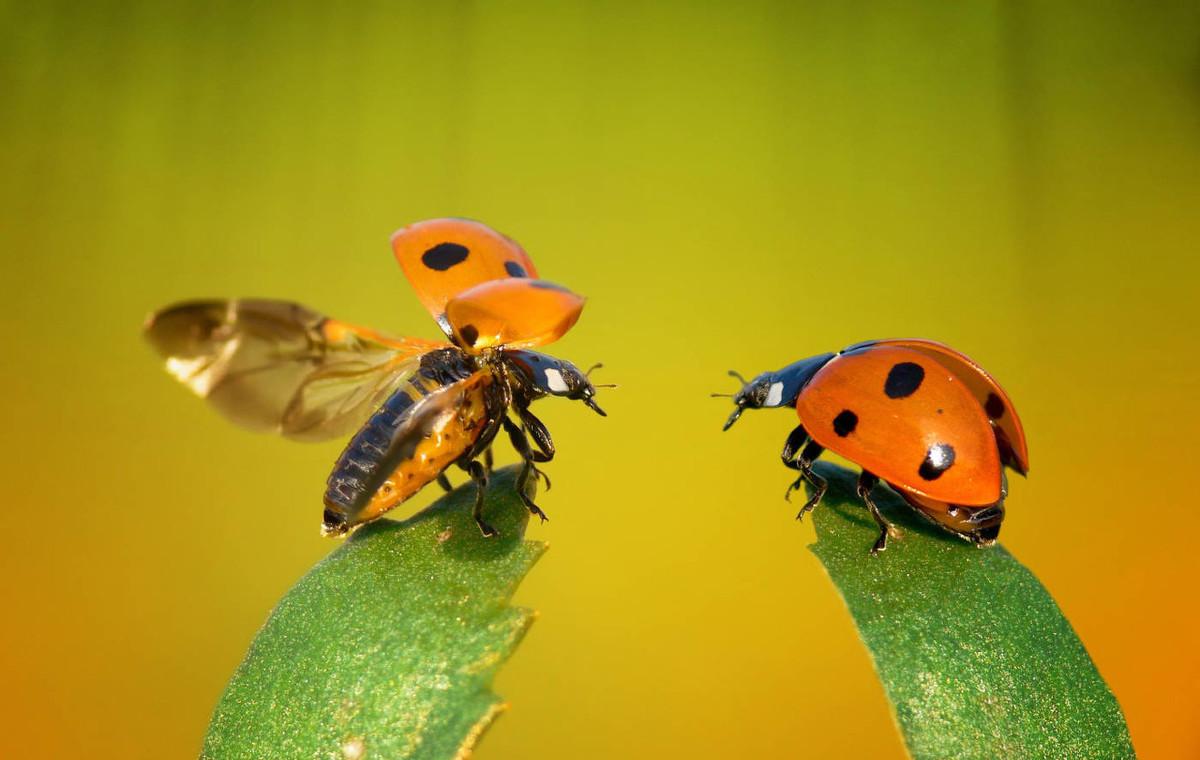<h1 class= "pgc-h-arrow-right" > pattern on the back of a ladybug child, which is the performance of the combination of parental patterns</h1>

Inside the ladybugs we often see, there are ordinary ladybugs and seven-star ladybugs.
The pattern on the back of the seven-star ladybird is fixed. Like its name, the red ladybug has seven black star dots on its back.
The pattern on the back of the ordinary ladybug is not fixed, and it is various.
Beautiful Ladybug 1
Anything with an irregular pattern is an ordinary ladybug. This is because the back pattern of ordinary ladybugs is inherited and combined from their own parents and the parents of their parents. The structure of this back pattern inheritance and recombination is more complex, and the mechanism of its generation has not been fully studied so far. However, the scientists found that the number of patterns and spots on the ladybugs had no relationship with the age of the ladybirds. Ladybirds with the same number of spots all belong to one subject. Ladybirds go from larva to adults, and the number of spots on their bodies does not change again.
Beautiful ladybug two
Ladybugs have a very short life, usually only four weeks. However, in such a short period of time, they have eliminated many aphids! Therefore, when you encounter ladybugs in the future, don't hurt them. However, as we said earlier, there are also some pests in ladybirds. So, which ladybugs should we be wary of? The answer is eleven-star ladybugs and twenty-eight-star ladybugs.
In addition, we can also distinguish which are pests and which are beneficial insects from the elytra wings of ladybirds. If the elytra wings of a ladybug are smooth and delicate, and they look shiny, then it is a ladybird that is beneficial to humans; If the ladybird has a lot of fine hairs on its elytra wings, then it is a ladybug that is harmful to humans.
Ladybugs are preying on aphids
Most birds and critters do not like to eat ladybirds because the blood of ladybirds has a spicy smell. The bright and incomparable color of ladybugs can be considered a cautionary color. Although humans distinguish ladybug species by their patterns and spots, ladybugs themselves do not identify their companions by virtue of this, and they believe in their noses.